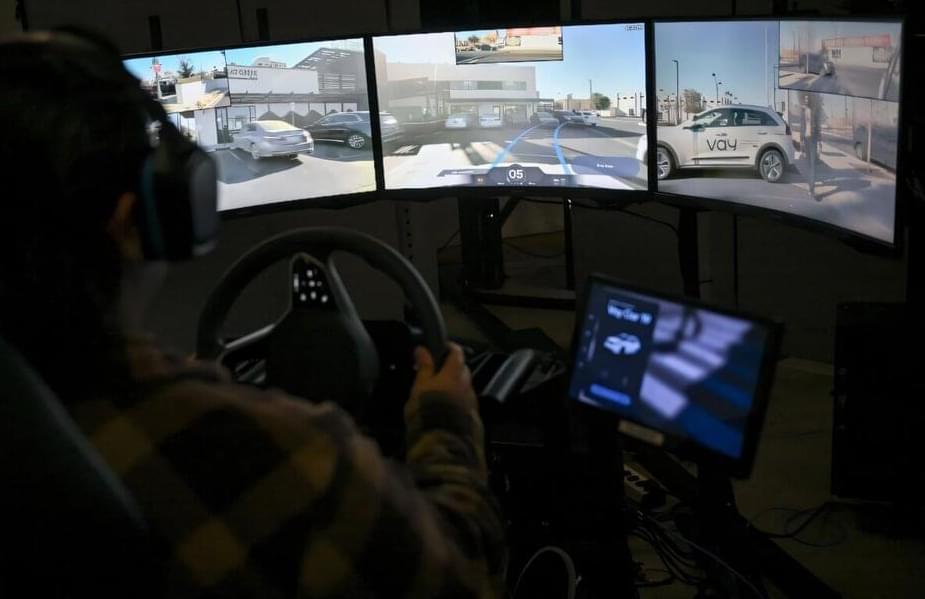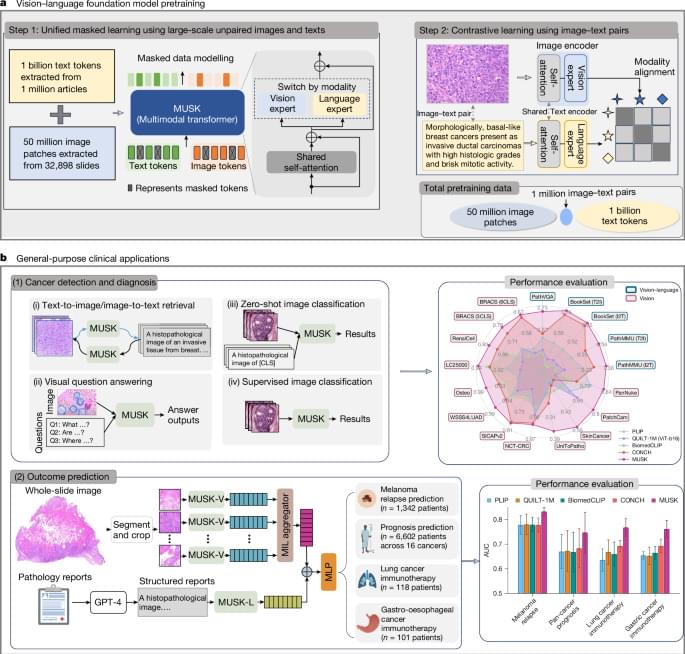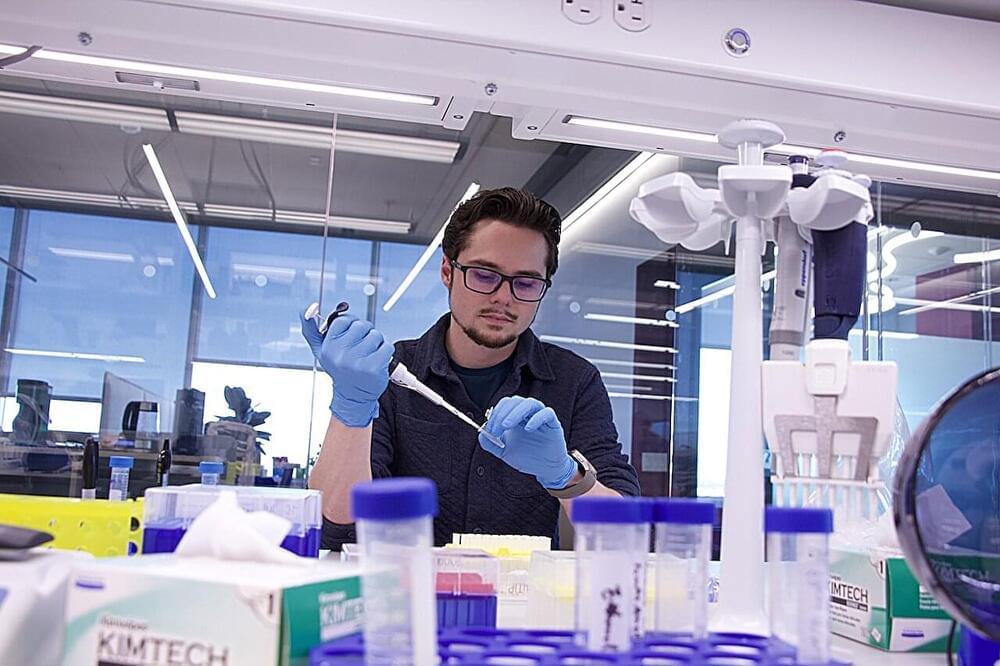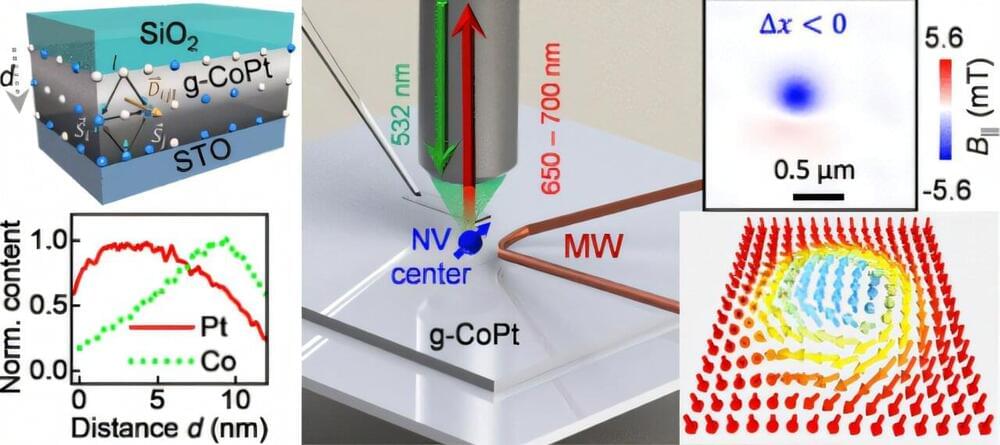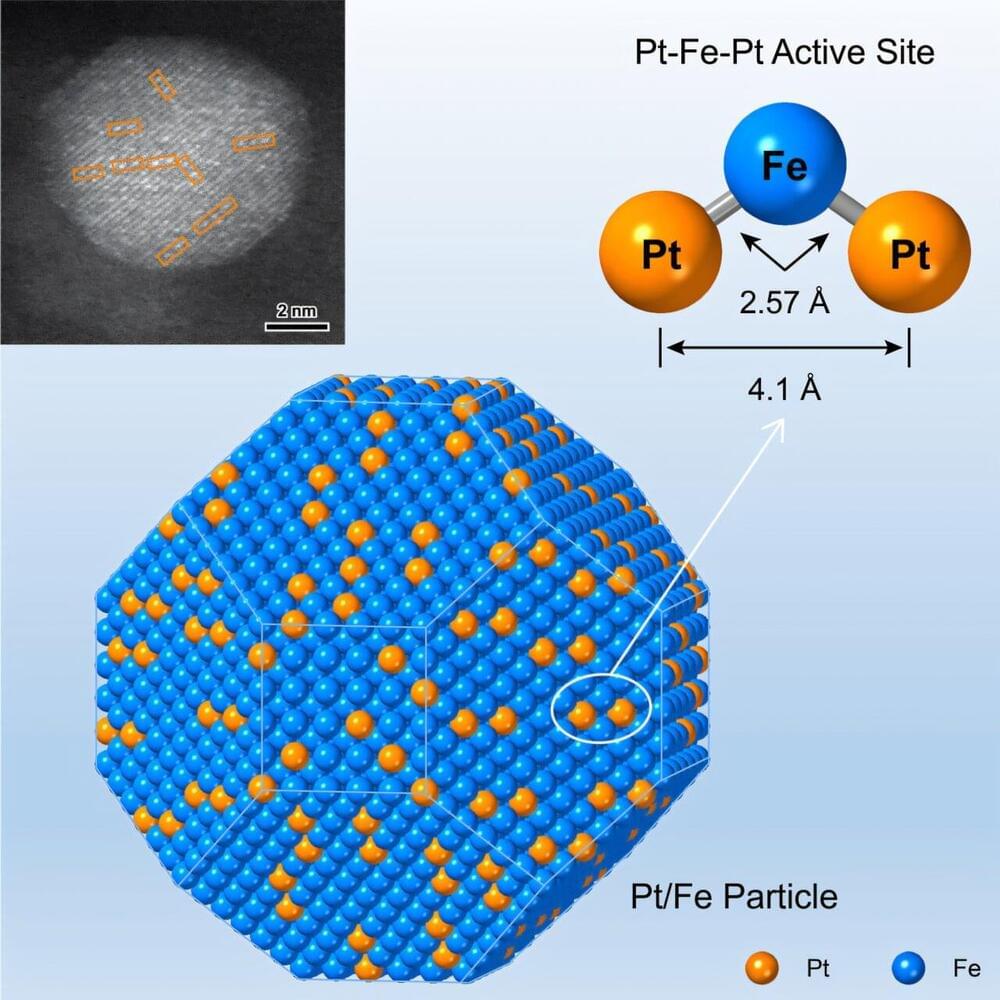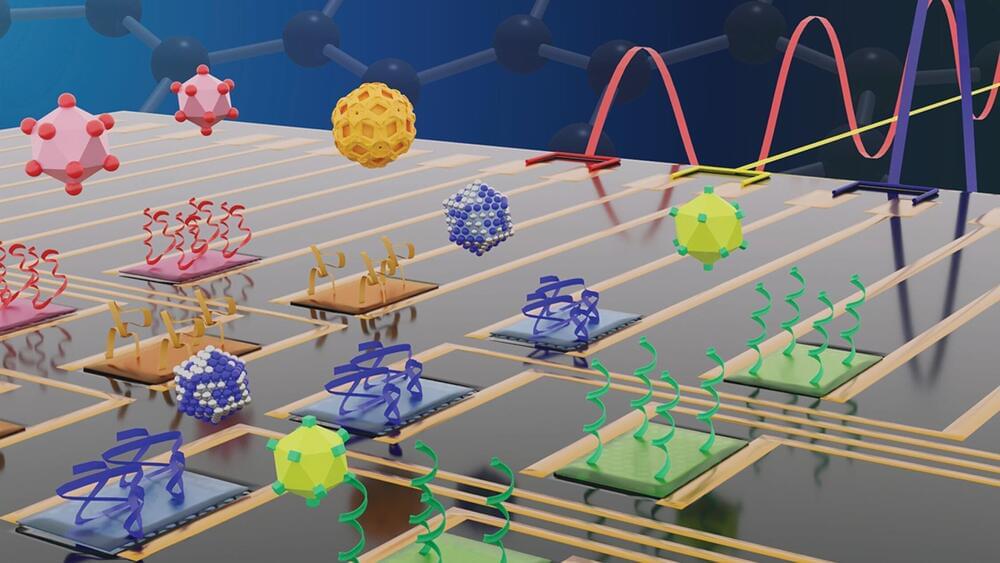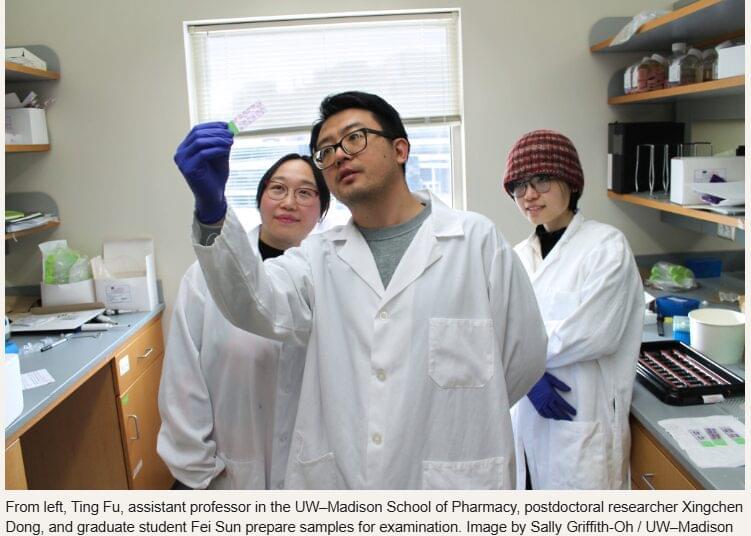A German startup is pioneering remote driving technology, offering a unique alternative to autonomous vehicles. By utilizing human drivers operating from remote locations, the company provides cost-effective rides and vehicle delivery services. This innovative approach is gaining traction, with a growing fleet and thousands of completed rides.
With no one in the driver seat, the SUV pulling up resembles an autonomous robotaxi like those becoming increasingly present in some cities—but the car from German startup Vay is something else.
One of a number of emerging players aiming to disrupt road transportation, the seven-year-old company is built around remote driving, where a human is very much present, though sitting in an office using TV monitors to guide the car.
Over the last year, riders in Las Vegas have been able to test drive Vay, and the company was demonstrating its technology ahead of the Consumer Electronics Show (CES), the world’s most important tech show.
